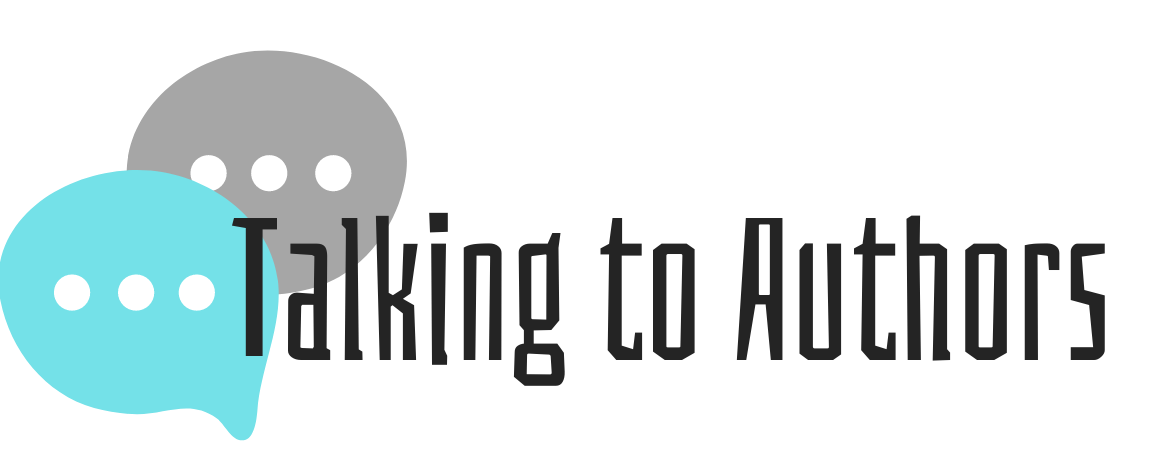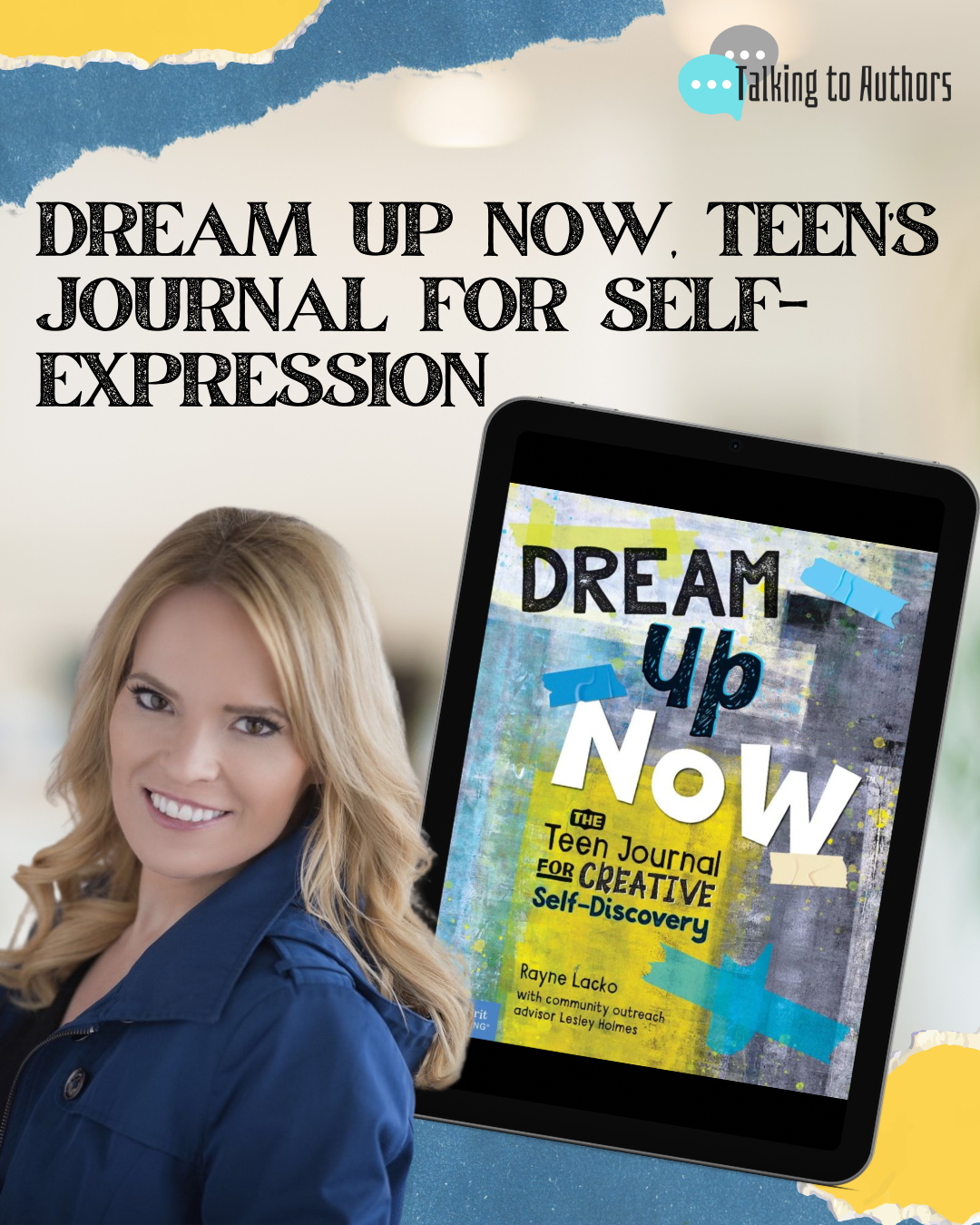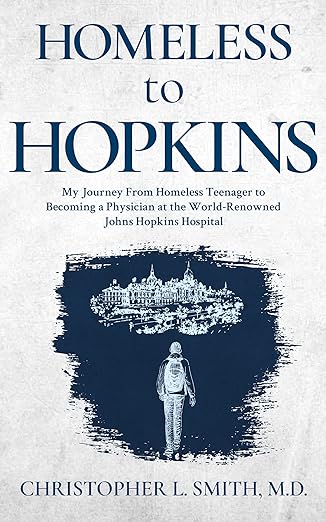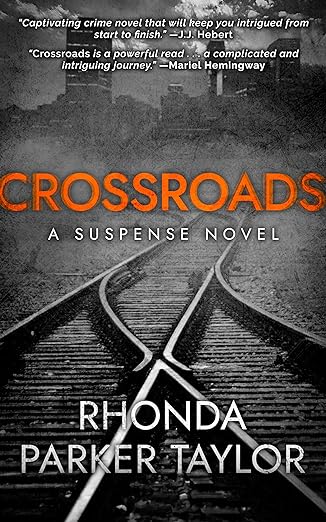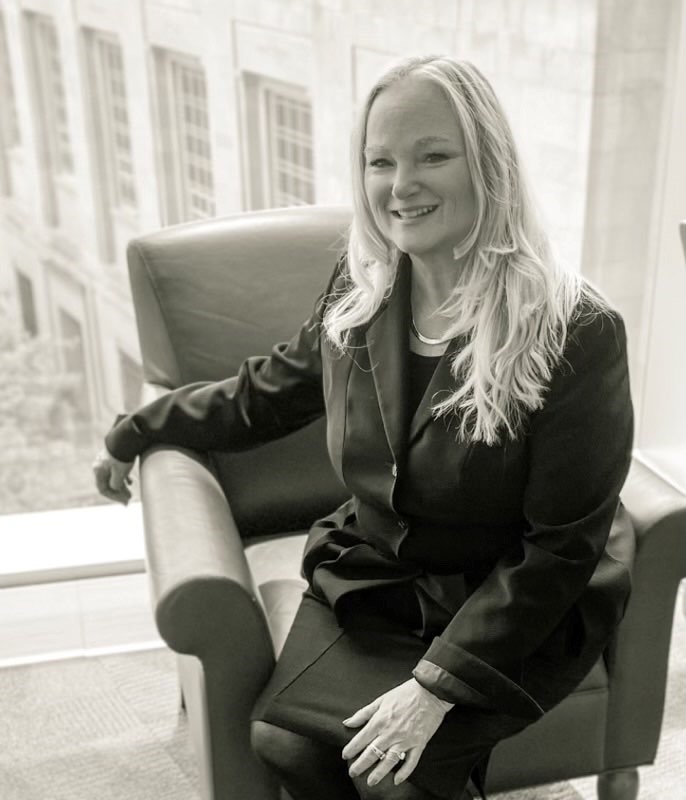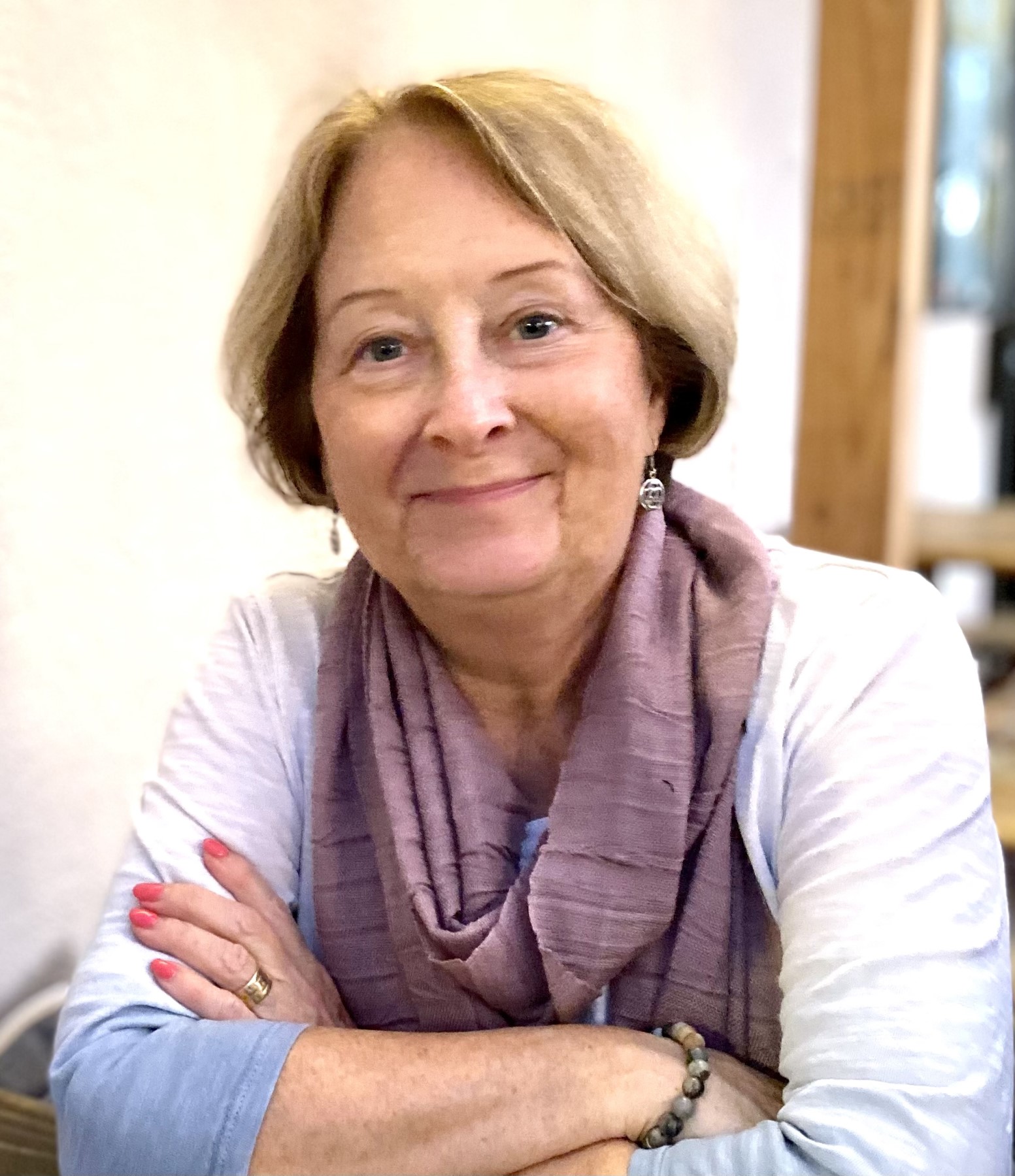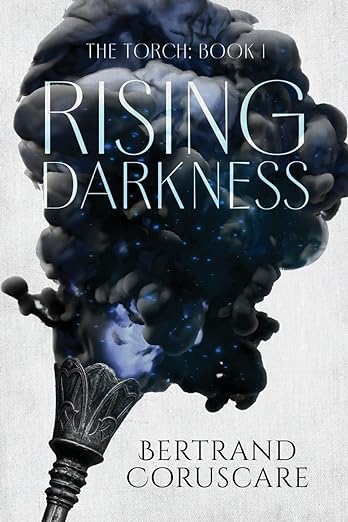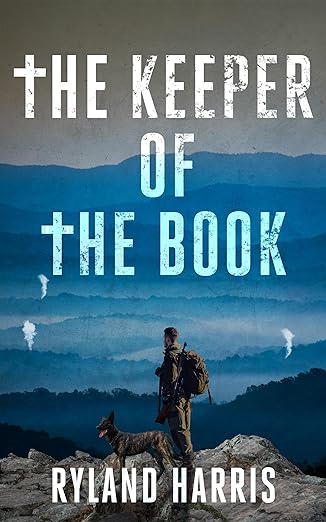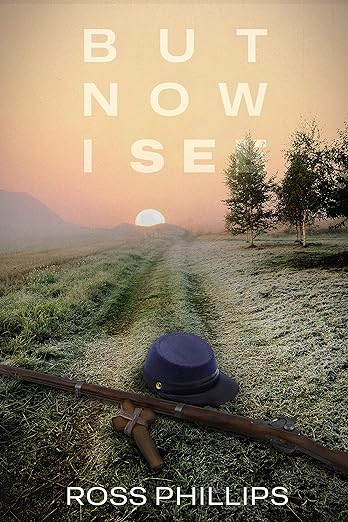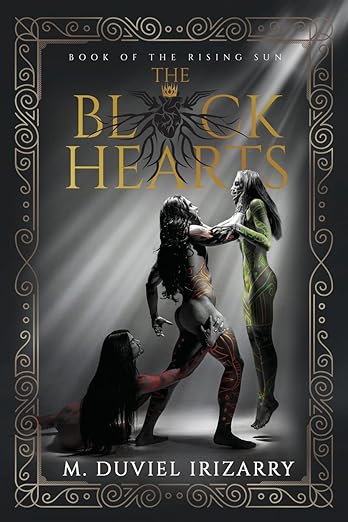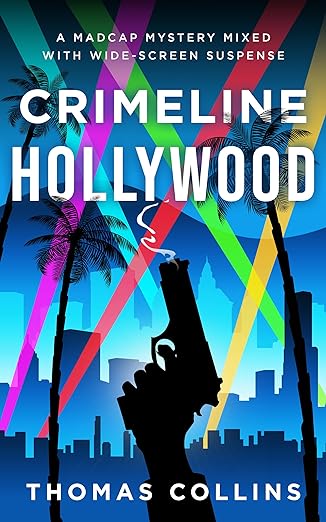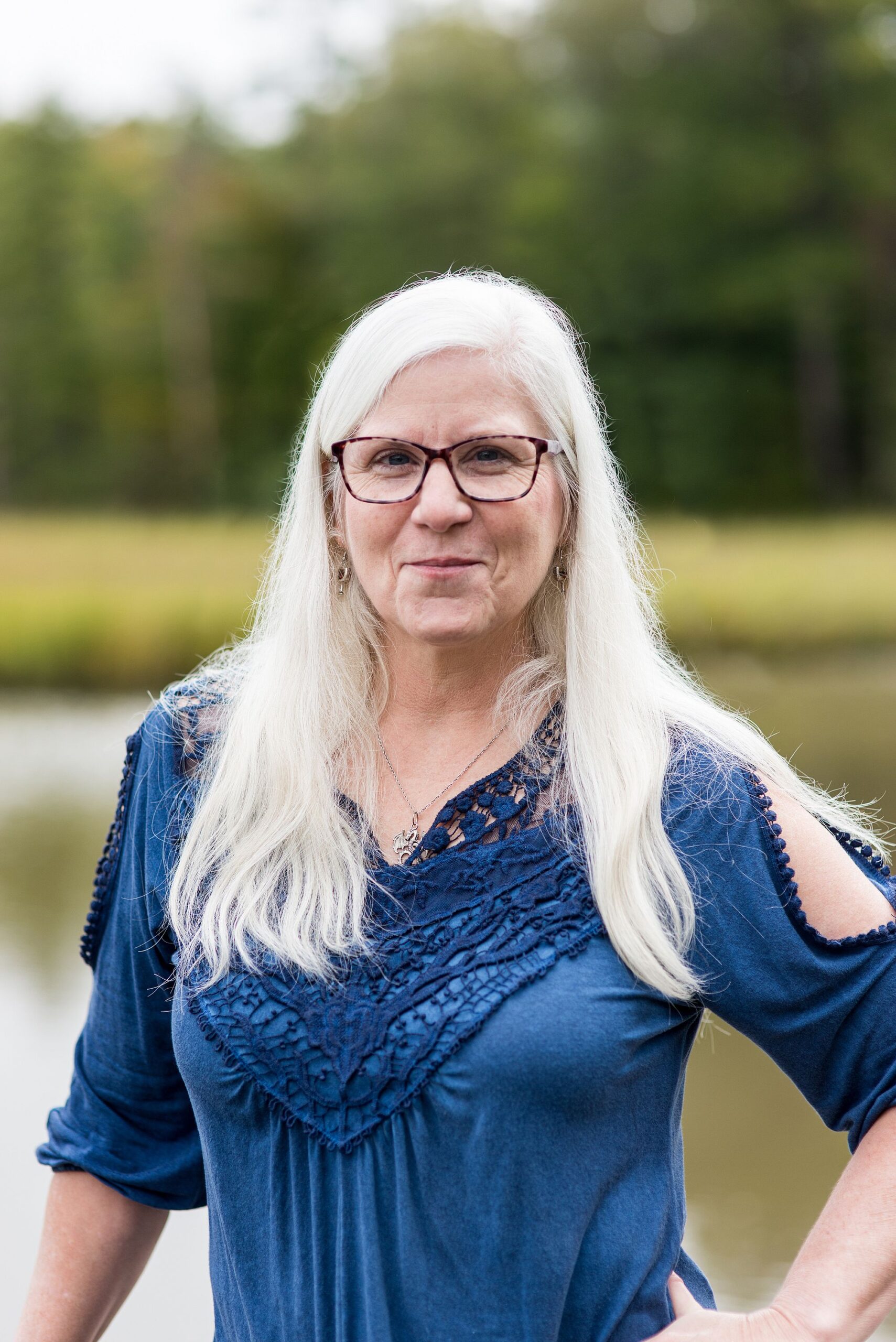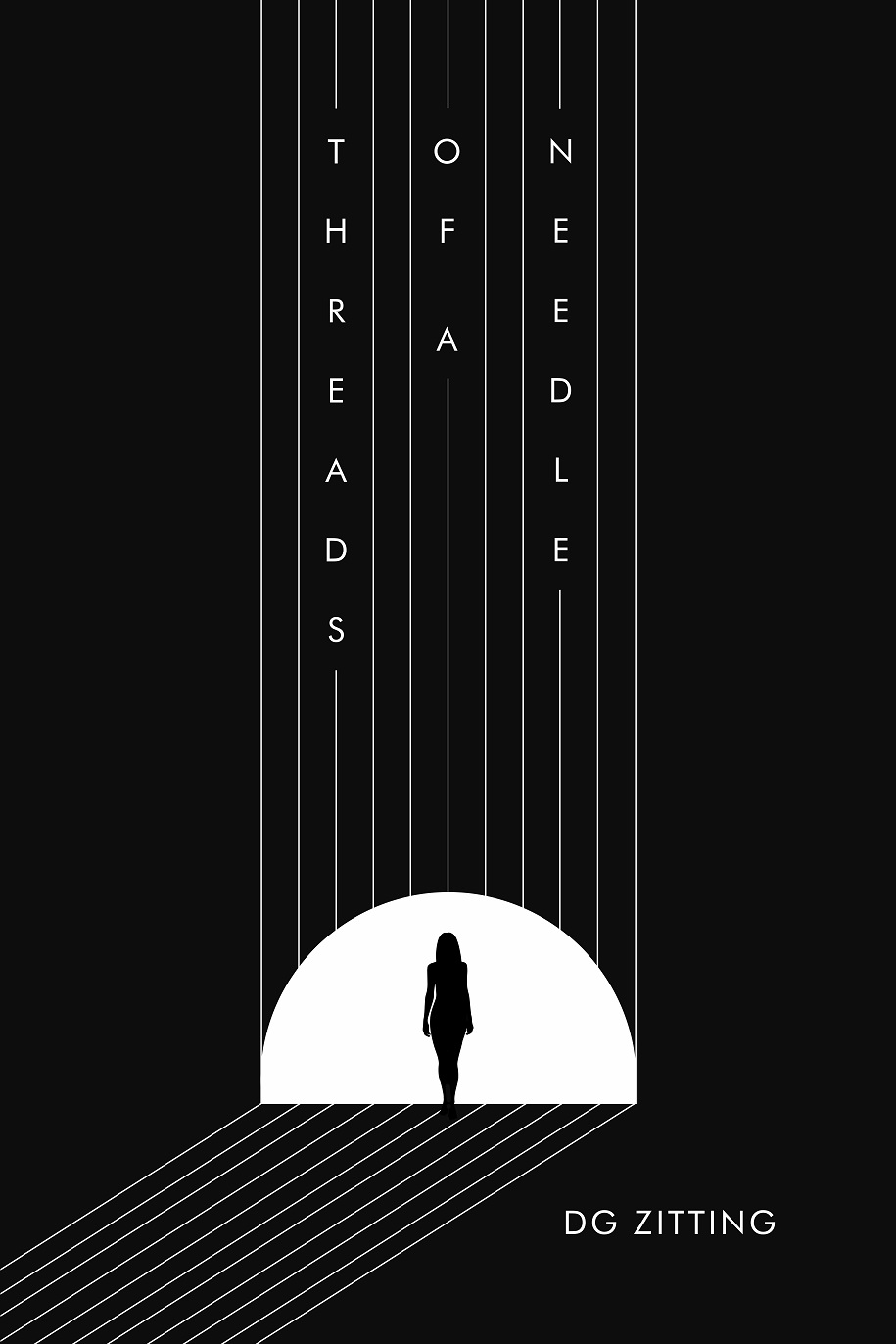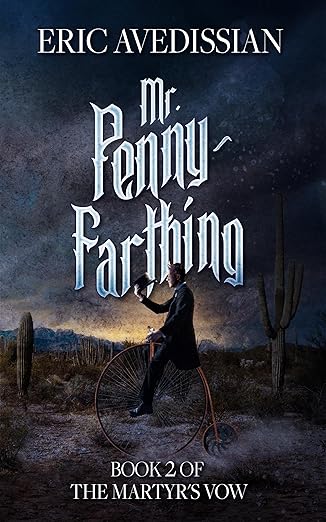Teenagers all over the world are in the process of self-discovery, learning about their unique personalities, and trying to navigate the world around them. With all these changes and challenges, it’s natural for teens to struggle with self-expression and creativity. That’s why Dream Up Now: The Teen Journal for Creative Self-Discovery by Rayne Lacko is the perfect tool to help teenagers unleash their creative potential. In this interview with Rayne, we’ve asked some more in depth questions about Dream Up Now and her experience writing it.
What inspired you to write this book?
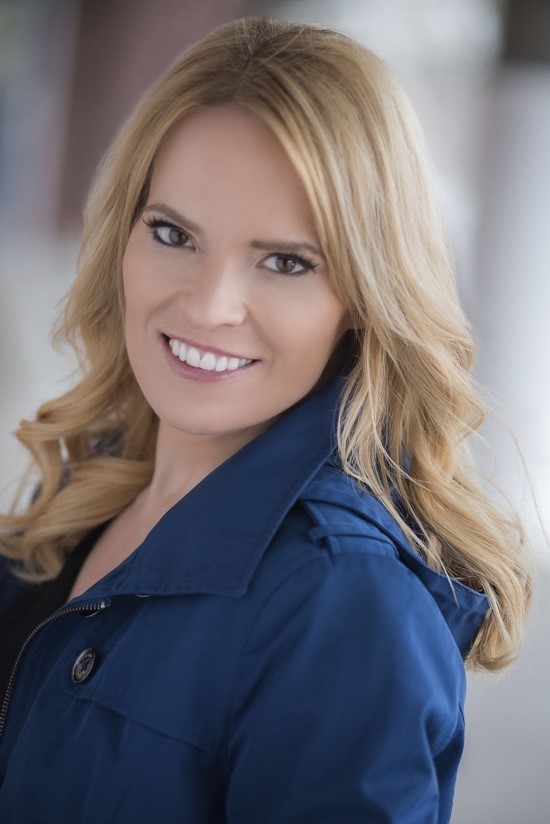 As a Young Adult author and creative writing facilitator, I work with many creative teens, and what I noticed is that making art (writing, drawing, and listening to or making music) alleviates pain. It also bonds you with others, because when you dare to share your art, you give others an opportunity to care about you. Many young people ages 12-18 are struggling with negative experiences stemming from Covid-19, including feelings of worry, depression and sadness, anxiety, isolation, stress, family and school pressures, and stressors within social groups.
As a Young Adult author and creative writing facilitator, I work with many creative teens, and what I noticed is that making art (writing, drawing, and listening to or making music) alleviates pain. It also bonds you with others, because when you dare to share your art, you give others an opportunity to care about you. Many young people ages 12-18 are struggling with negative experiences stemming from Covid-19, including feelings of worry, depression and sadness, anxiety, isolation, stress, family and school pressures, and stressors within social groups.
The National Institute of Mental Health and World Health Organization both cite rising anxiety and depression, with significant increases in anxiety disorders in middle and high school students. Dream Up Now offers arts-based, social-emotional wellness activities to encourage a sense of belonging, acceptance, and authenticity, while honoring one’s own voice, unique emotions, and creativity.
This primary target audience is facing unprecedented challenges:
- In a US 2020 survey of 1,000 parents conducted by the Ann & Robert H. Lurie Children’s Hospital of Chicago, 71% of parents said the pandemic had taken a toll on their child’s mental health, and 69% said the pandemic was the worst thing to happen to their child.
- From March 2020 to October 2020, mental health-related emergency department visits increased 24% for children ages 5 to 11 compared with 2019 emergency department visits, according to CDC data (Leeb, R. T., et al., Morbidity and Mortality Weekly Report, Vol. 69, No. 45, 2020).
- The National Association of School Psychologists (NASP) recommends a ratio of 1 school psychologist per 500 students; current NASP data estimate a ratio of 1 per 1,211 students.
Education in adolescence is often peer oriented. During the teen years, young people frequently look to their friends to mirror who they are as they develop their self-image. The journal features activities to help its readers make a careful selection of friendships by sharing positive values. Dream Up Now can help teens who are:
In need of help with family or school relationships
Struggling with emotional issues, sadness, stress, or pressure
High-achieving but unsure how to focus their goals
Not achieving their potential
Lonely, isolated, or wishing to get plugged in
Struggling with identity or the need for mastery of the self
Teens who have something to say but feel powerless might express their feelings with destructive behavior. The curated arts-based activities in Dream Up Now give teens the freedom to create something meaningful that represents a portion of their inner world. Having focused time using the journal can:
Calm anxious or agitated students
Improve attendance and increase school attachment
Increase social-emotional wellness
Increase emotional intelligence
Increase student organizational and time-management skills
Inspire young people to set goals and achieve them
Inspire problem-solving through creativity
… Dream Up Now was created because teens’ feelings are valuable.
Can you tell me about the book?
 Dream Up Now: The Teen Journal for Creative Self-Discovery is a tool to help teens ages 12-18 work through fluctuating emotions, know themselves better, and create healthy and meaningful lives. This creative and engaging book is designed to instill hope. Teens love the activities because they help them take control of their feelings and choose how they wish their life to go. Many social-emotional learning methods tend to seek happiness as a destination, the endgame prize after sadness or depression. Feeling happy is good. But it’s what a teen does with their positive feelings that brings real change. Action matters. Gaining self-awareness allows teens to grow and make positive changes. When a young person cultivates feelings of happiness, of confidence, and of power, it’s potently meaningful because they did it themselves. A teen’s completed journal serves as an artistic portfolio of self-understanding, transformation, and self-control—a tangible, living record of the growth they’ve accomplished.
Dream Up Now: The Teen Journal for Creative Self-Discovery is a tool to help teens ages 12-18 work through fluctuating emotions, know themselves better, and create healthy and meaningful lives. This creative and engaging book is designed to instill hope. Teens love the activities because they help them take control of their feelings and choose how they wish their life to go. Many social-emotional learning methods tend to seek happiness as a destination, the endgame prize after sadness or depression. Feeling happy is good. But it’s what a teen does with their positive feelings that brings real change. Action matters. Gaining self-awareness allows teens to grow and make positive changes. When a young person cultivates feelings of happiness, of confidence, and of power, it’s potently meaningful because they did it themselves. A teen’s completed journal serves as an artistic portfolio of self-understanding, transformation, and self-control—a tangible, living record of the growth they’ve accomplished.
Educators, counselors, youth leaders, and other caring adults can use Dream Up Now to support teens working individually or in a small group such as a youth group, school club, counseling group, library, camp, specialized classroom, or similar setting.
All Dream Up Now activities aim to improve:
Coping strategies to help with fluctuating moods
Confidence and positive self-talk to increase calmness and decrease the likelihood of the fight-flight-or-freeze response
Successful management of difficult emotions in the future
Self-awareness by identifying emotions, improving impulse control and stress management
Identification of goals, and better organizational and problem-solving skills to create a viable plan to accomplish them
Constructive choices, fostering autonomy and a sense of accomplishment
What did you learn when writing the book?
Researching and writing a book to inspire playfulness, curiosity, and positive thinking created feelings of playfulness, curiosity, and positive thinking! Emotions are impermanent. One of the most significant benefits of writing Dream Up Now was the revelation that emotions can fluctuate and evolve, and that we each have the power to change how we feel. Teens have at their fingertips the tools and the power to explore their challenging feelings and move to emotions that are more empowering. Students can start anywhere in the journal, depending on how they feel. Each activity helps teens explore their authentic self, determine the root of their immediate feelings, and explore creative ways to understand and neutralize dark emotions. Once a teen completes a dark emotion activity, they move right into learning about its corresponding light emotion. A new, uplifting activity is included to help teens begin cultivating the positive emotion quickly. This fluid nature of emotions, and the limitless ways to express and more deeply understand them, comprise a gift students can turn to again and again.
We all have the capacity to shift our emotions from darkness into light.
What surprised you the most?
Sometimes resolving one dark emotion uncovers another one. For example, a teen who begins using the journal feeling “so mad” about a disagreement with a friend or a parent might turn to the “I Feel . . . Anger” section. Then, once they’ve closely examined and created art around feeling angry, they may realize that in truth they feel hurt or lonely. When this happens, rather than explore feeling tolerant (the lighter emotion that pairs with anger), they can move to the hurt/powerful or lonely/sociable emotion set to sort out the root feeling. The good news is that whatever difficulty they’re going through, there is a corresponding light emotion available to them.
What does the title mean?
Dream Up Now’s subtitle is The Creative Journal for Self-Discovery because the arts-based, social-emotional learning activities help teens cultivate self-awareness. However, this process of discovering one’s self involves building confidence, finding one’s passion, setting goals and discovering concrete, proven ways to achieve those goals, and how to build a circle of friends who encourage the best in one another.
What did the subject(s) of the book think of it?
Writing Dream Up Now was a joy. For me personally, writing fiction involves a tremendous amount of second-guessing and doubt. With Dream Up Now, I was excited and motivated to work on the manuscript, and research arts therapy and social-emotional learning activities. Interviewing the contributors was a delight, I learned so much form each of them, and was often moved to tears during our conversations. The fiction writer in me was challenged and fulfilled by translating our interviews to best capture their voices, intention, and the deeper meaning behind their shared anecdotes. I wrote far more than fit in the journal, and the good news about that is that Free Spirit Publishing loved the extra materials so much that they offer them as free downloads on their website.
Download the leadership guide and extra activities that didn’t make the book.
Dream Up Now Leadership Tools for Your Life and Your School
Worksheet: Best Stuff in the World
Writing Prompt: (Re)Write the Script
Where to Start? A Feelings Flowchart
I was so inspired by creating this program that I wanted to teach other caring adults how to set up small peer groups and offer arts-based workshops using the journal to improve student motivation, mental wellness, and academic performance. I also created an online course showing educators how to integrate social-emotional learning into their regular curriculum. Courses can be found on www.dreamupnow.com
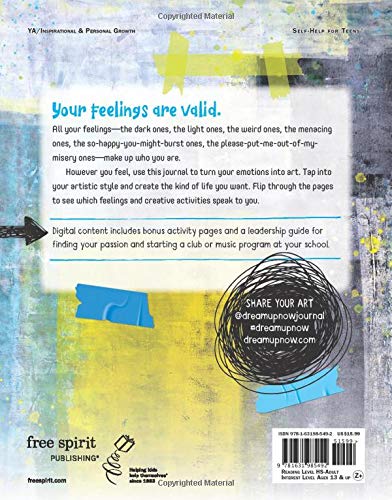 What are the subject(s) doing now?
What are the subject(s) doing now?
It’s become evident that educators and counselors are eager for this type of tool. I presented webinars to US school districts, and international educators on helping students manage their emotions and how to integrate social-emotional learning, and the feedback was overwhelmingly positive. Free Spirit Publishing asked me to write proposals for two new books for younger students: Dream Up Now: PreKindergarten to Grade Two; and Dream Up Now: Grade Three to Grade Five.
Did the book make you like the subject(s) more or less?
I’m deeply fascinated and inspired by writing about emotional granularity, social-emotional learning, and arts therapy. As a result, I’m now in Masters program for Creative Writing at Antioch University. My program comprises research and a substantial weekly writing workload including learning to write fiction, non-fiction, and creative nonfiction for children, while also supporting a desire to research support and solutions for young children from diverse backgrounds and family structures. Additionally, through studies pertaining to social-emotional learning, early childhood development and education, and social justice in education, I aim to improve my craft as a writer and arts advocate.
Did you find yourself more or less sympathetic toward the subject(s)?
I would say I’ve discovered that I love inspiring creativity, in all ages. Emotional wellness and engaging the self as a creative being are at the heart of a satisfying life of self-love. Creativity is for everyone. We were are all born to create, and there are countless, diverse ways to express creativity. Our daily thoughts and actions—from daydreams and deepest wishes to the clothes we wear and the music we listen to—are all revelations of ourselves as artists.
Do you understand the subject(s) better now?
I understand now that often poor choices and destructive acting out take the place of unexpressed emotion. When a teen is given an opportunity to shine a light on their feelings, to discover the words or images to articulate pain, disappointment, or fear, it relieves these feelings of their power. Expressing a challenging feeling with words, visual images, or movement helps a person take inventory of their strengths, pinpoint their talents, and create a concrete plan for directing their days toward the completion of a heartfelt goal. Teens desire this power. The Dream Up Now journal gives them the tools.
